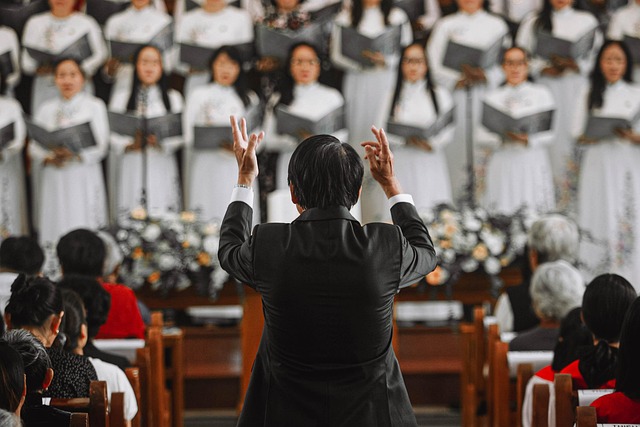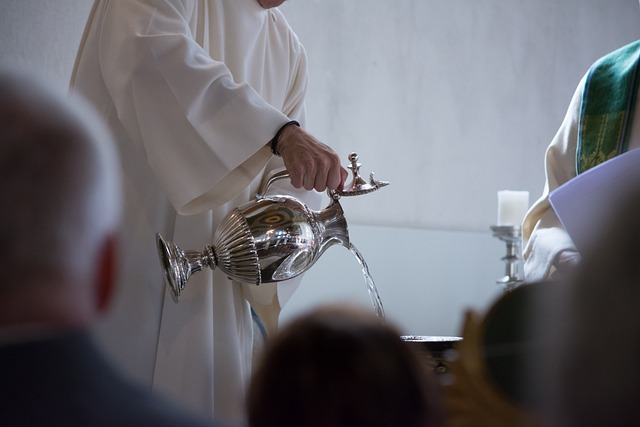In a world that often feels chaotic and unpredictable, the concept of a sanctuary space holds profound significance. For many believers, these sacred areas serve as a refuge—a place to reconnect with faith, seek solace, and nurture spirituality. Across different religions and cultures, the ritualistic use of sanctuary spaces illustrates their power to bring individuals closer to the divine.
Whether it’s a church, temple, mosque, or even a natural setting, sanctuary spaces invite people to pause, reflect, and engage in meaningful practices. These rituals often involve elements such as prayer, meditation, and communal gatherings, creating an atmosphere that fosters a deep sense of belonging. In this setting, the weight of daily life can be lifted, allowing attendees to experience a moment of divine clarity.
In Christianity, for instance, the sanctuary within a church is often viewed as a holy place—where congregants can come together for worship and share in the sacredness of the moment. The architecture itself plays a significant role, with towering ceilings and intricate designs that inspire awe and invite spiritual reflection. The ritual of lighting candles or sharing communion becomes a tactile way to engage with faith, creating a tangible sense of connection to something greater than oneself.
In Hinduism, sanctuaries take on a different form, often found within temples adorned with vibrant colors and elaborate sculptures. Rituals such as puja (worship) turn these spaces into dynamic hubs of devotion. The fragrant aromas of incense, the rhythmic cadence of chants, and the rituals performed by priests engage the senses, allowing devotees to immerse themselves fully in their spiritual journey.
Similarly, in Buddhism, sacred spaces, often marked by stupas or monasteries, encourage meditation and mindfulness. It is in these serene environments that practitioners can retreat from the noise of life and delve into introspective rituals, promoting inner peace and enlightenment. The simple act of sitting in silence can transform the sanctuary space into a profound experience of spiritual awakening.
Even in more informal settings, such as a private garden or a cozy room set aside for meditation, the essence of sanctuary remains. It’s about creating an environment that nurtures the spirit, fostering rituals that resonate on a personal level. These spaces become a testament to the individual’s relationship with the divine, reflecting their unique journey through faith.
Understanding the significance of sanctuary spaces in religious rituals is crucial in a society where many seek meaning and connection. These places are not merely physical locations; they are a manifestation of humanity’s deepest desire for comfort, peace, and transcendence. Whether it’s through collective worship or personal reflection, the sanctuary serves as a vital anchor in navigating life’s complexities.
The exploration of sanctuary spaces reminds us of the timeless power of rituals. They awaken a spirit of community, invite introspection, and inspire us to pursue a higher purpose. As we navigate our own paths, let us recognize the importance of these sacred spaces, where the weight of the world can be lifted, whether briefly or indefinitely.



